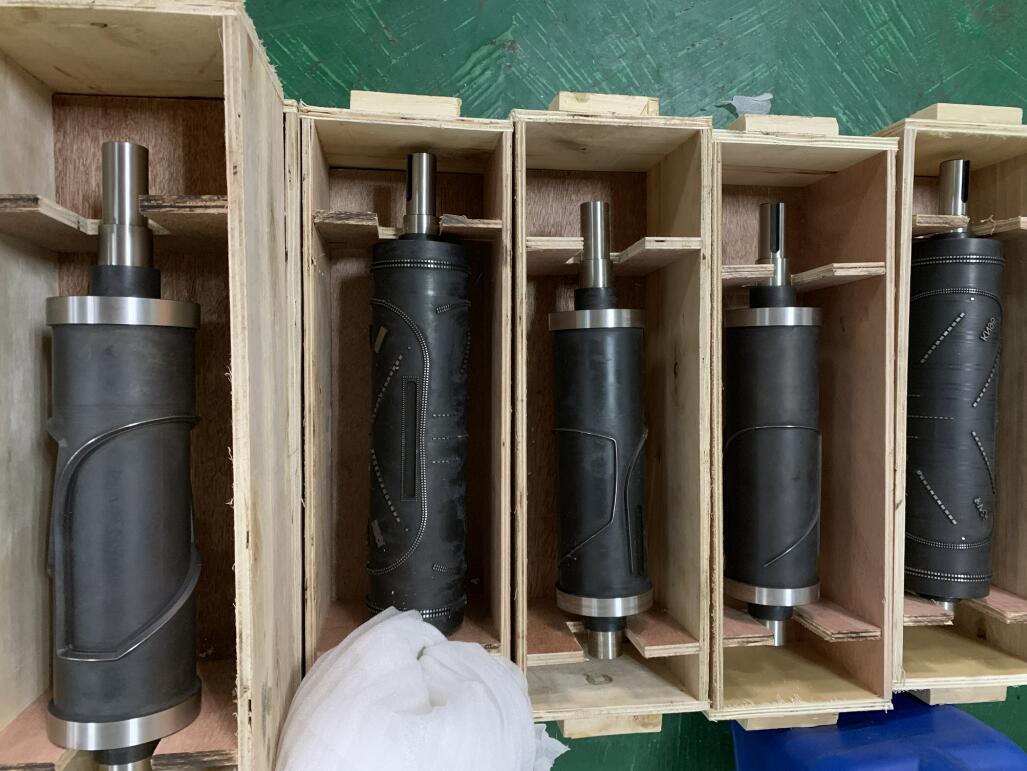An Overview of CNC Machining

Computer numerical control machining, most often referred to simply as CNC machining, is the result of a long evolutionary process in manufacturing technology. Replacing most human interaction with automated, software-driven equipment, CNC techniques facilitate the operation of complex tools and machinery on the factory floor.
CNC systems come in an array of different types for various manufacturing applications. Today’s machine tools incorporate CNC machining for enhanced automation, higher production consistency, and reliable accuracy. Even older, hand-operated machining equipment can be upgraded with CNC controls.
How Does CNC Programming Work?
Programmers use various computer-aided manufacturing applications to develop “G-code,” a programming language that dictates how an automated machine tool will operate on a workpiece. From tooling geometry to speeds and feeds settings, G-code commands machine equipment in the same way a conductor leads an orchestra.
To machine a simple part, G-code is developed and then sent to the CNC machine for action. Tools are employed — for drilling, boring, routing, milling, turning, grinding, and so on — on various materials through a series of commands sent by the CNC controller. Gone are the days of humans working the levers, buttons, and wheels; CNC computer components act as the live operator.
Industrial CNC Machining Applications
Subtractive manufacturing is the most common machining method used in manufacturing applications, employing tools to remove material from a workpiece. This technique is often used in CNC applications, from grinding to milling, to remove material from metals, woods, and plastics. Alternatively, additive manufacturing, or 3D printing, involves the continuous adding of a material to form a final, physical 3D object.
Both methods employ CNC programming methods to control the tooling that ultimately shapes the workpiece. Virtually any industry that has a machine shop utilizes CNC machining to create parts from raw materials or fabricate metals into components. A range of industries, including the automotive, aerospace, power generation, marine, and transportation sectors, use CNC machining technology to bring about increased precision, efficiency, and quality.
Equipment Making Use of CNC Programming
Mills
In CNC milling applications, drilling and cutting are dictated by the CNC control equipment, providing the necessary steps and machine performance settings to achieve successful operations on metals, polymers, and other materials.
Lathes
CNC lathes use a computer program to dictate the turning operations of the workpiece, regulating machine performance, coolant feeds, speeds, tool offsets, and more on metals, woods, and plastics.
Plasma Cutters
With high-temperature plasma cutters, a CNC program communicates with the equipment to move the plasma cutting head along 2D space, regulating cutting, plasma output, position, and more.
Routers
Routers use CNC technology to perform various tasks such as the carving, cutting, and trimming of materials into 3D shapes, all dictated by the G-code instructions interpreted through the CNC equipment.
Laser Cutters
Similar to plasma cutters, CNC laser cutters automate the cutting process along 2D shapes, regulating the equipment for optimal performance.
3D Printers
Most 3D printers utilize CNC programming to command the print head to move along the build surface, constructing 3D objects according to directional steps and commands provided by the G-code.
The Value of CNC Machining
The use of CNC equipment across industry has helped to optimize a huge range of manufacturing capabilities, ensuring repeated precision on mass-produced parts and equipment. In fact, the universal machining language can be incorporated into virtually any type of heavy machine tool. Software-driven machining helps maintain superior accuracy, high production quality, and reliable consistency for various products and components. It also lowers costs and allows factories to meet higher production demands.
As companies increasingly embrace industrial automation, CNC machining tools are being used to help reduce costs and increase production tempo. Plus, highly precise tolerances can be repeatedly achieved with CNC machining, helping small and large businesses alike compete and allowing the flexibility to work with almost any material.
CNC Machining Applications
For these reasons, CNC machining is employed in a range of industries, including:
· Automotive production — Used to bring about enhanced assembly-line efficiency and quality control
· Metalworking — Allows for flexible, custom jobs
· Locomotive — Allows for accurate machining on train and subway components
· Aerospace — Used for high-tolerance machining on aerospace-grade materials
· Marine — Used for machining of spare parts on tankers and other large vessels
Versatile, reliable, and highly efficient, CNC machining is used across a huge range of industries and applications, allowing for precise, repeatable parts.